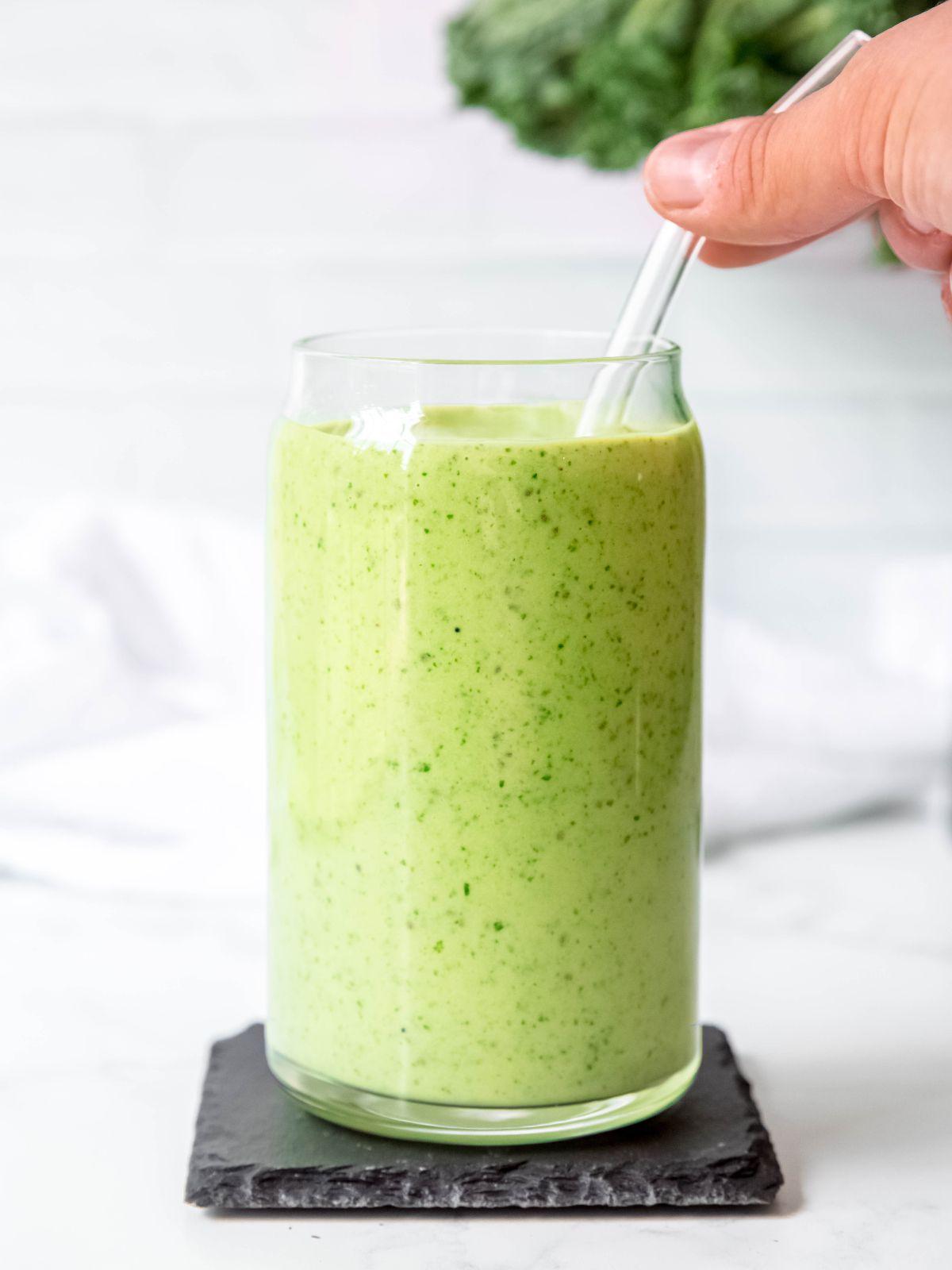There’s something magical about the aroma of sizzling meat on a grill, the smoky flavors that tantalize your taste buds, and the joyful gatherings that bring friends and family together.
Photo by Emerson Vieira on Unsplash
Barbecue, with its rich history and diverse regional styles, has evolved from a humble cooking method to a beloved culinary tradition that spans continents.
From backyard barbecues to lively community events, the act of cooking over an open flame has become a celebration of food, community, and cherished memories. Delve into the origins of barbecue, tracing its roots from ancient cooking techniques to the present-day cultural phenomenon it has become.
Barbecue is more than just a cooking method—it’s a way of life. Explore the rituals, traditions, and techniques that make barbecue a cherished part of our social fabric.
From secret family recipes handed down through generations to the camaraderie of pitmasters perfecting their craft, barbecue fosters a sense of community and pride. Uncover the essential tools, seasonings, and cooking techniques that elevate barbecue from a simple meal to a culinary masterpiece.
Unraveling the Basics of Barbecuing
Barbecuing, a time-honored culinary tradition, is much more than just cooking. It’s an experience that brings together flavors, people, and the great outdoors.
Whether you are an amateur cook or an experienced griller, understanding the fundamentals of barbecuing can elevate your grilling game and lead to a flavorful and fun-filled family gathering.
Choosing the Right Type of Grill
The first step in mastering the art of barbecuing involves choosing the right grill. There are three primary types of grills:
- Charcoal Grills: Ideal for achieving a smoky flavor, they require a bit more skill to control temperature. We are fans of the Kamado Joes.
- Gas Grills: These offer ease of use and precise temperature control but may lack the authentic smoky flavor.
- Pellet Grills: A blend of charcoal and gas grills, they use wood pellets for fuel and offer precise temperature control while imparting a smoky flavor.
Understanding Heat Management and Cooking Times
Successful barbecuing requires understanding heat management and cooking times. There are two basic grilling methods:
- Direct Grilling: Ideal for small and thin pieces of meat that cook quickly, like burgers and steaks.
- Indirect Grilling: Perfect for larger cuts of meat that require slow cooking, such as roasts and whole chickens.
Mastering the Art of Seasoning and Marinating
Seasoning and marinating are vital for infusing flavors into the meat. While seasoning usually involves a simple mix of salt and spices, marinating involves soaking the meat in a mixture of herbs, spices, and acid (like vinegar or citrus juice) for several hours or overnight. Marinating not only adds flavor but also tenderizes the meat.
Exploring Quality and Types of Meat for Barbecuing
The choice of meat significantly influences the taste and success of your barbecue. Selecting high-quality meat and understanding the various types suitable for grilling can enhance your barbecuing experience.
Importance of Meat Quality in Barbecuing
The quality of meat used in barbecuing is crucial. Look for:
- Freshness: The meat should have a pleasant smell, vibrant color, and firm texture.
- Grade: USDA grades like Prime, Choice, and Select can give you an idea about the quality of the meat, with Prime being the highest quality.
- Marbling: This refers to the white flecks of fat within the meat. Good marbling generally means juicier and more flavorful meat.
Exploring Various Types of Meat for BBQ
There’s a wide variety of meats that can be barbecued, each bringing its unique flavor and texture. Some popular choices include:
Photo by Emerson Vieira on Unsplash
- Beef: Cuts like ribeye, sirloin, and T-bone steaks are excellent for grilling. Brisket and ribs are ideal for slow-cooking barbecue.
- Poultry: Chicken is a versatile choice, with every part suitable for grilling. Turkey also makes for a great BBQ when cooked slowly over low heat.
- Pork: Pork ribs, chops, and tenderloin are popular in barbecuing. Pulled pork, made from slow-cooked pork shoulder, is a barbecue classic.
Grilling Seafood
While often overlooked, seafood can be a delicious and healthy addition to any barbecue. Fish like salmon, tuna, and swordfish are firm enough to withstand the grill’s heat.
Shellfish, such as shrimp and scallops, also grill well. Remember, seafood usually requires less cooking time than meat to avoid becoming tough.
Safe Handling and Storage of Barbecue Meats
Proper handling and storage of meats is vital for food safety and preserving flavor and quality.
Safe Handling of Raw Meat
When handling raw meat, remember to:
- Avoid cross-contamination by using separate utensils for raw and cooked foods.
- Wash hands and surfaces thoroughly after handling raw meat.
- Never leave raw meat at room temperature for more than two hours.
How Long Can Steak Stay Out of the Fridge?
Steak, like all perishable foods, should not stay out of the fridge for more than two hours. If the temperature is above 90°F, this reduces to one hour. Leaving steak out for too long can result in harmful bacteria growth.
Storing Leftover BBQ
Properly storing leftover barbecue ensures it remains safe to eat and retains its flavor. Leftovers should be refrigerated within two hours of cooking and consumed within 3-4 days. If you want to keep them longer, freezing is a safe option. Remember to reheat leftovers to at least 165°F before consuming.
Final Considerations
The world of barbecue offers us a rich tapestry of flavors, traditions, and shared experiences. From the simplicity of backyard barbecues to the festive gatherings that bring families and friends together, barbecue has an undeniable ability to create cherished memories.
Through exploring the origins, regional styles, and the passion of pitmasters, we have come to appreciate the cultural significance and joy that barbecue brings to our lives.
So, let us continue to embrace the smoky aromas, the mouthwatering flavors, and the sense of community that barbecue embodies.
Whether it’s a summer cookout, a neighborhood block party, or a cozy family dinner, let us savor the flavors of barbecue and celebrate the traditions that make it a beloved culinary art form.


